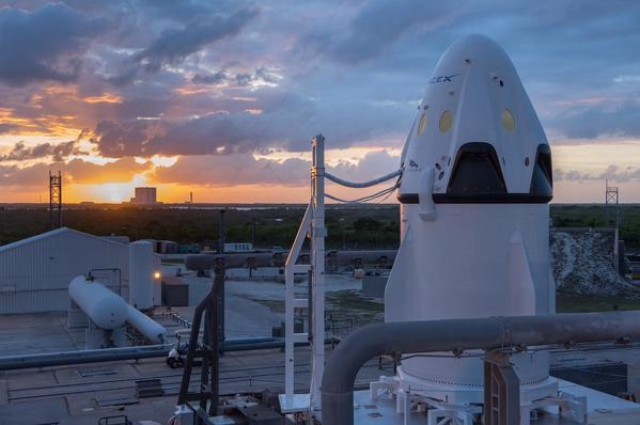
Missions to Mars are trendy right now, but there are still a couple of tweaks that need to be made before anyone can be shuttled over to the Red Planet. Something that makes planning for a trip to Mars quite tricky is the length of time it takes to get there. There’s no stopping off at an intergalactic gas station if you run out of Mars bars.
NASA is acutely aware of the difficulties that the duration of a Mars mission poses and they want to do something to cut the length of time that space travelers spend in the dark void.
“Right now it’s about an eight-month mission; we’d like to cut that in half,” NASA administrator Charlie Bolden told reporters.
There are plenty of reasons to cut the time it takes to travel to Mars in half. For example, astronauts are at risk of being exposed to harmful radiation and cosmic rays with no atmosphere to protect them in the vacuum of space. Astronauts would also suffer less damage to their bodies: zero gravity environments cause a whole host of problems for gravity born-and-bred beings. These include muscle atrophy, lengthening of the spine and eyesight deterioration.
Astronauts would also need fewer provisions, which would make the operation cheaper and less risky. The lift-off fuel and propulsion fuel required would also be less due to the reduced mass of provisions. (Maybe they could find room for a galactic scrabble set, SPACE – 9 points!)
These reasons are clearly worth halving the length of an Earth to Mars trip, but how exactly can NASA achieve this objective?
To cut the time to Mars in half, propulsion technology is going to have to improve. And Scott Seymour, Aerojet Rocketdyne‘s CEO and president, has some ambitious goals for the future. The company is working on solar-electric propulsion systems (SEP) that currently boast a 5-kilowatt engine.
“We’re now trying to get to higher power levels; that’s the next step,” Seymour said. “Fifteen kilowatts would be the next step, and then to cluster them together … then, in the long term, 50 to 100 kilowatts.”
“The limiting power of this type of propulsion has been the power to drive it,” Bolden said. “Aerojet Rocketdyne has partnered with different entities around the country in looking [at] how to get more energy density onto a solar cell. The more power we can get, the larger we can make the engine and its capability.”
There are definitely advantages to harvesting solar energy in space: there’s a virtually infinite source of it. On the other hand, liquid fuel-powered rockets have to account for every drop of fuel. “The advantage of using that kind of propulsion, pound for pound, is that it can fly nearly forever as opposed to chemical engines,” Bolden commented.
Bolden emphasizes that he wants a speed revolution in space shuttling. Going slow is all well and good for a robot, but when it comes to humans, every second counts.
“You’ve got to be specific,” Bolden said. “If I say I want game-changing in-space propulsion, everyone will go back to [the idea of] moving cargo. I want industry to focus on getting people to move really fast. I think we can do far better than we are doing today, but we’ve got to show our commitment by putting some money into it.”
Via IFL Science






